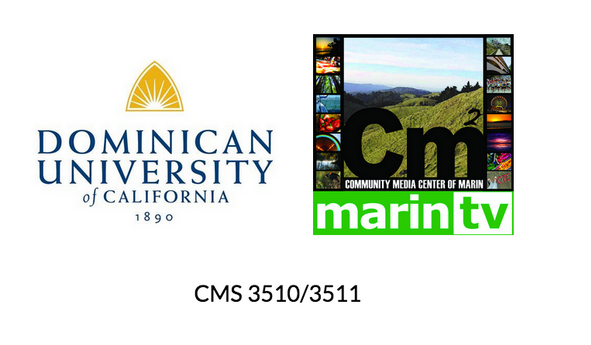Cinematography

Things we've already learned...
Basics of camera function,
composition and techniques:
New Material -
cinematography = the art of constructing shots with the camera to tell the story
- Rack Focus - Changing the focus from one subject to another to advance the story
- Blocking out the scene - Careful planning of who and what is where within your camera shots. Objects or characters who occupy a large part of the screen are given more importance.
- (dis)orientation - Using jump cuts, quick cuts, and shooting at unexpected non-traditional angles can break down the sense of reality.
- Using light and shadow - A lot of great cinematography comes from good lighting. Use different light sources for the subject and the background. A backlight or hair light will help give shape and highlight to your subject. High contrast (light vs. dark) makes an image more compelling and less flat. Our subconscious interprets shadows as mystery.
Storyboard Essentials
- Sketching is not a talent we all have, therefore, do your best to make sketches simple and tidy. Use the written section to explain the shot and any necessary details.
- Always begin your written explanation with the shot transition. Examples include: Fade up from black, cut, dissolve etc.
- Follow the transition with the framing of the shot. Examples include: WS (wide shot) MS (medium shot) CU (close up) etc.
- If movement occurs within the frame, indicate with arrows that show action direction. This includes both character/object movement as well as camera movement. Indicate camera movements such as: camera dolly in/out, tracking shot, pan, tilt, zoom, barrel roll etc.

Be creative!
- We don't have access to crazy computer graphics, so the challenge is to use just your camera to artfully construct your story
- Don't always do it the straightforward way
- Think about your scene, and what you're trying to convey. How can you use blocking to convey meanings on the subconscious level?
- Use the space and objects to their fullest
- In addition to diverse lighting sources and/or high contrast, use depth or perspectives to get rid of that flat and boring look
Cinematography
By Scott Calhoun
Cinematography
Cinematography
- 339



